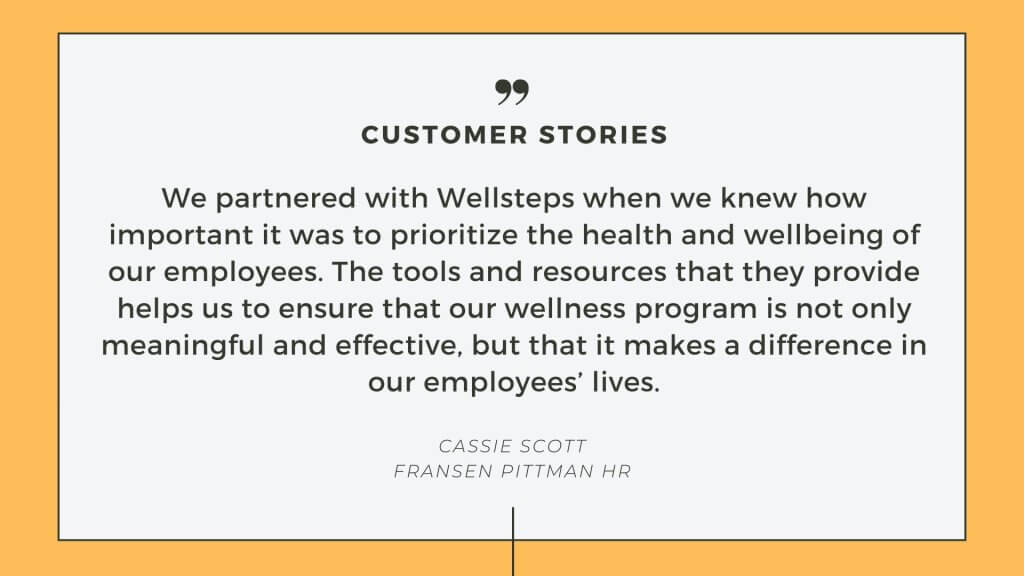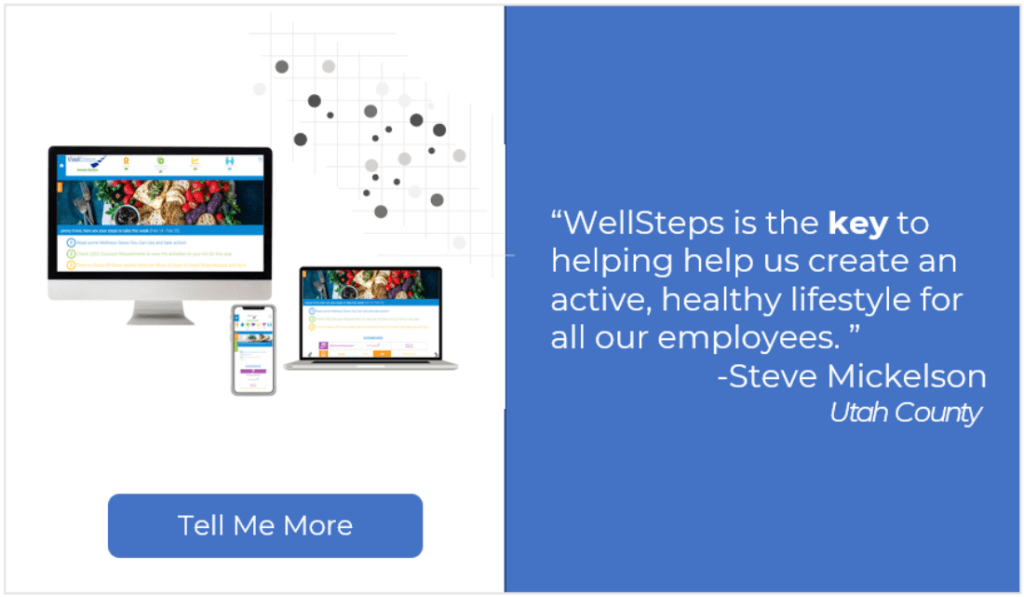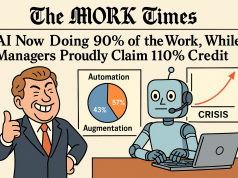[ad_1]
Conflict between coworkers is inevitable. Mastering how to resolve conflict in the workplace is where power lies for you to make a difference with your people, your teams, and ultimately your customers. You cannot have a successful workforce that is productive and uplifted when they are constantly dealing with disagreements that negatively affect their work.

Here are five ways to approach and incorporate skills with helping coworkers dissolve conflict to better solutions. When they see your willingness to respect their perspectives and feelings on any matter, you support a healthier workforce and environment where your people want to stay.
- see the conflict as an opportunity
- focus on the behavior or event
- help each individual involved feel seen and heard
- find points of agreement instead of differences
- do a 5 why’s analysis to dig deeper
Your employees can’t trust you if the workplace conflict just becomes elementary tattle-tale situations that are one-sided and biased. Unfortunately, that’s what still resides in many workplaces. This must change.
RELATED: 24 Ways Employers Can Manage Stress at Work
Seeing Conflict as an Opportunity is the First Step in How to Resolve Conflict in the Workplace
When people are in the heat of the moment, it’s very difficult to zoom out and see the bigger picture with things. Emotions running hot can lead to destructive behaviors at work, and even in front of customers. No one wants that at all. Even suggesting that the conflict is an opportunity at the right time may trigger certain people even further.
Your management and HR teams should be trained and cautioned to approach this idea delicately with people who may be “set off” very easily. That said, when people have cooled off a bit, approaching the situation as a way to move past something once and for all just may be the way to step into calm waters.

Discuss key awareness ideas such as:
- within every conflict there is a seed of solution meant to move past everything negative
- discussing the dispute as soon as it’s recognized treats the problem at the source instead of brushing it under the rug
- finding the root of the problem is how to create a happier, more stable workforce and coworker relationships
- negative feelings can be released and relationships grow in a more positive direction
- if everyone is willing to respect perspectives, everyone can end up in a better place
Time and energy will no longer be wasted on certain areas of conflict when you take the time to actually address it. Unfortunately, too many organizations discount the common quarrels between team members as just clashing personalities or “they’re having a bad day” and write things off. But the problems remain.
You will only be able to resolve conflict in the workplace and ultimately keep your employees when you approach these often delicate circumstances from a higher plane. Choose to see the bigger perspective of how this can be used for good, instead of just being something everyone needs to learn to deal with.
You will only be able to resolve conflict in the workplace and ultimately keep your employees when you approach these often delicate circumstances from a higher plane.
RELATED: 7 Workplace Wellness Trends You Need to Support at Your Company
Focus on the Behavior and Event
If you are approaching conflict resolution as only determining who is in the wrong or who made the mistake, you’re ultimately going to lose. Your efforts will not be productive and there will be no progress.
Judgment or pointing fingers is not how to resolve conflict in the workplace. Yes, there may be mistakes made that need to be remedied. But it’s more about behaviors that can change in order to prevent further negative events from happening again.

During discussions with your people, focus on the behaviors that may be unacceptable, or the circumstances that led to the conflict that could have been avoided. Maybe policies and procedures were not followed properly. Maybe nothing could have been done to prevent the issue so now it’s an opportunity to develop a new plan of action if it happens again.
Recognize that people may have acted out in bad ways because they’re stressed, overworked, or have key things happening in their personal lives that are weighing heavily on their mind. No matter what though, approaching the situation by looking at what happened rather than why it happened is primary.
RELATED: How Wellness Programs Help Improve Employee Morale
How to Resolve Conflict in the Workplace With Ensuring Employees Feel Heard
Often during meetings or discussions involving a few employees in conflict, one or more parties feel like they are not understood or have been mistreated. Then they stay silent or do not engage because they feel like their perspective doesn’t matter, the manager leading the conversation is biased, and no matter what they do they have already been judged as being wrong.
One WellSteps employee shares a story where she felt entirely disregarded and there was no equal treatment or attempt for understanding in a simple situation.
One time as a teenager I worked at a grocery store. One of the managers was constantly calling me back to the front end of the store when she couldn't directly see me bagging customer's groceries. She felt that I was disappearing to ditch out on working. But what actually happened was that during slow times with no customers coming through checkout lanes, I was bringing in shopping carts, bagging ice, assisting the other store employees stock goods in their sections, etc. I told the manager this, and even had the support of other employees to corroborate my story, but I wasn't believed at all. I found myself being written up for apparently being subordinate by the head manager because he believed the lower manager over me. I certainly didn't feel heard or validated. After that I didn't go out of my way to provide extra value as an employee when that manager was on duty.
Even in this case where there was a simple misunderstanding or lack of communication, there was no attempt to hear or show that employee that she had true value to the company. All that seemed to matter was an outranking manager’s opinion. This is seen too often in organizations day in and day out.

Over 80% of employees state they don’t feel heard during conflicts at work and it leads to negative situations all around for everyone involved. Being able to have conversations that produce positive results rather than perpetuating negative energy is an essential skill your management team and HR groups must attain.
Put yourself in the employees’ shoes. Would you want to be an effective and productive employee if you felt your perspective did not matter? Of course not. We can create a space where employees and leaders all feel valued and heard even during times of conflict and disagreement.
Being able to work through those challenges will forever create skills and go-to solutions for everyone involved that they can use not only at work but in every area of their lives.
Being able to work through those challenges will forever create skills and go-to solutions for everyone involved that they can use not only at work but in every area of their lives.
RELATED: 7 Signs of a Healthy Work Environment Leaders Can Support
Find Points of Agreement
You know the saying “Agree to disagree?” Sometimes it’s the only way to work toward conflict resolution. Being able to find a common ground of what can be agreed upon may save co-working relationships. The clash of perspectives that incites negative emotions is always based on disagreements that trigger people.
But when there are details in the situation that can be agreed upon by all parties, it starts to neutralize the bad feelings. It levels the “playing field” and helps everyone to just take a breath and lower the intensity down a notch.
Now, this isn’t sarcastically getting one side to agree with the other out of spite or wishing the heated conversations would end. You must be careful that it doesn’t involve subtle animosity to get one side to give in and deceitfully agree in order to just get the interaction over with. How to resolve conflict in the workplace isn’t about getting to the end of the conflict faster.

Genuinely search for details that both sides can agree on and start from there. Utilize resources and training everyone can go through that teaches skills for finding agreements between parties. Not only will this help reduce conflict in the workplace, it will support your customer service and contract conversations depending on your organization’s business model.
RELATED: How to Improve Job Satisfaction in Your Organization
Do a 5 Whys Analysis
Sometimes it’s necessary to dig a little deeper to even understand the source of the conflict or problem between employees. If you’re trying to make sense of the dispute and it’s unclear how the conflict even originated, you can utilize a simple tool called 5 Whys. This is often used by Quality Departments, therapists or counselors, and even Process Engineers in order to go to the source of issues that can be resolved.
Here’s how to resolve conflict in the workplace with this simple process. Start with what seems to be the dominant reason an employee feels there is a conflict at all. Identify that reason and follow these steps.
- Ask why there is conflict.
- Take the answer from step 1, and ask why that is a problem.
- Take the answer from step 2, and ask again why that is a problem.
- Take the answer from step 3, and ask again why that is a problem.
- Take the answer from step 4, and ask again why that is a problem.
Usually after digging deep into a conflict, the root cause can be identified after 5 Whys. Sometimes it’s necessary to go to 7 layers down, but 5 should be sufficient in problems between coworkers. You’ll find that the actual cause of the problem is not what it appears to be at all.
This process allows everyone to uncover the truth of the matter in a non-confrontational way. Though this tool was originally used for developing lean production systems, it can be applied in almost any situation to understand the root cause of anything. Once that is known, then the opportunity for lasting solutions isn’t blocked by emotions or incorrect assumptions.
RELATED: How to Use Employee Wellness Programs to Boost Team Morale
Next Steps For How to Resolve Conflict in the Workplace
The good news is that most unnecessary conflict can be avoided when employees have good levels of mental health and wellbeing in the workplace. When your organization has a thriving wellness program to support its employees in this way, conflict decreases.
No matter if you have a wellness program at your company, or you have nothing in place at all, no worries. You can book a free demo with one of our WellSteps guides and discover exactly how you can not only help resolve conflict in the workplace, but also support every other area of health for your people.

[ad_2]
Source link




























